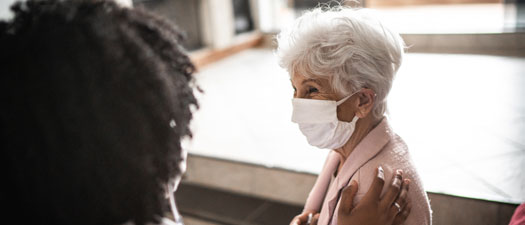Physical therapy for the spine
——
Physical therapy can give you tools to keep your spine healthy. You can use these tools at home or work to heal faster.
We use physical therapy to teach you exercise or move in ways that will lessen your pain. We'll also teach you about posture and ways to help you move better.
Your recovery from spine surgery can be improved by learning new ways to strengthen your spine and stop future problems. Your physical therapist (PT) will show you new habits to keep your spine healthy.
-
OR
-
OR
What kinds of test and checks will my PT do?
-
OR
-
OR
-
OR
-
OR
-
OR
What kinds of physical therapy are used?
-
OR
-
OR
-
OR
-
OR
-
OR
-
OR
-
OR
-
OR
-
OR
-
OR
-
OR
-
OR
Helpful resources
——

Health and wellness
Looking for ways to feel your best? Check out our wellness library and community events.
Top


